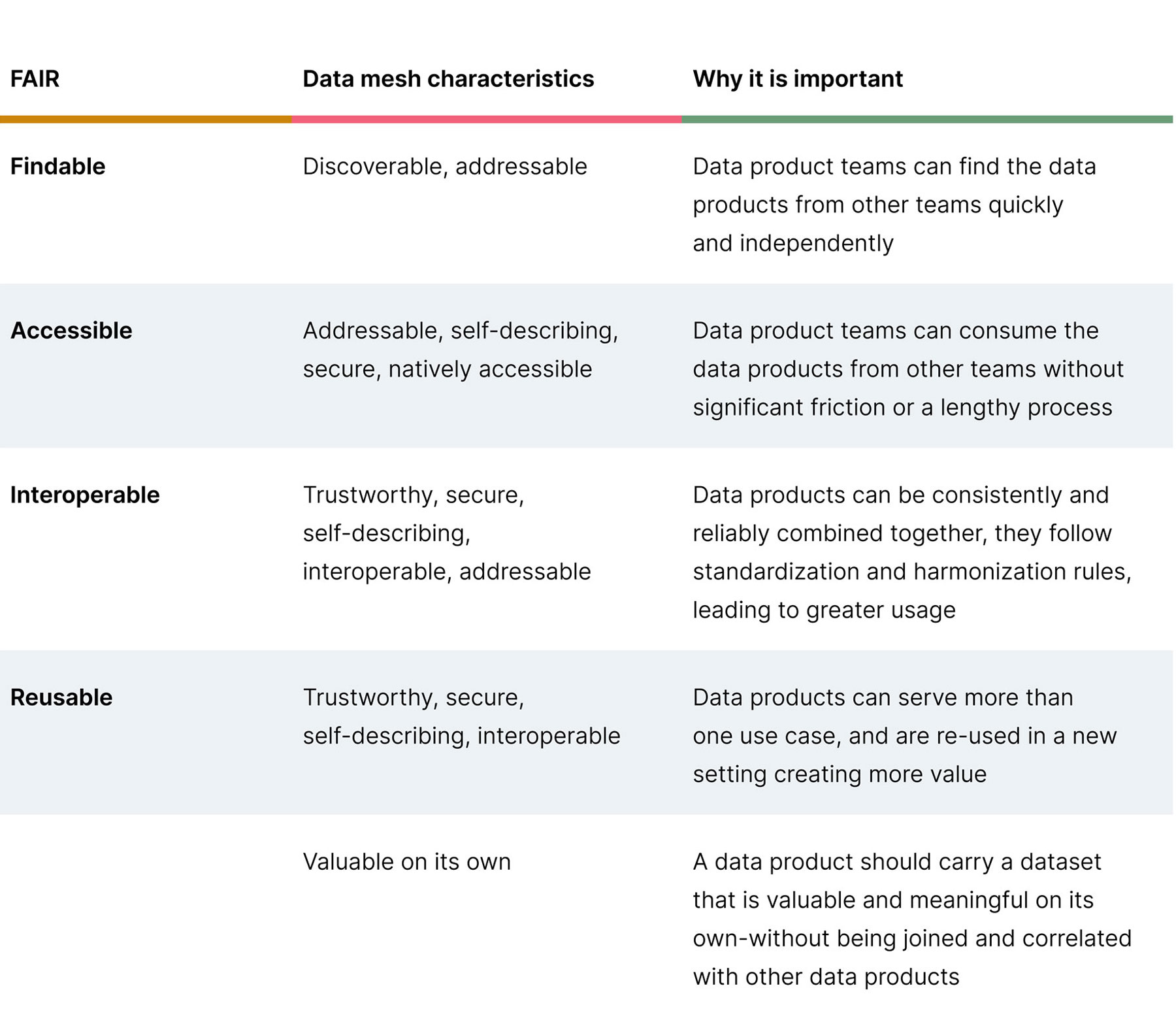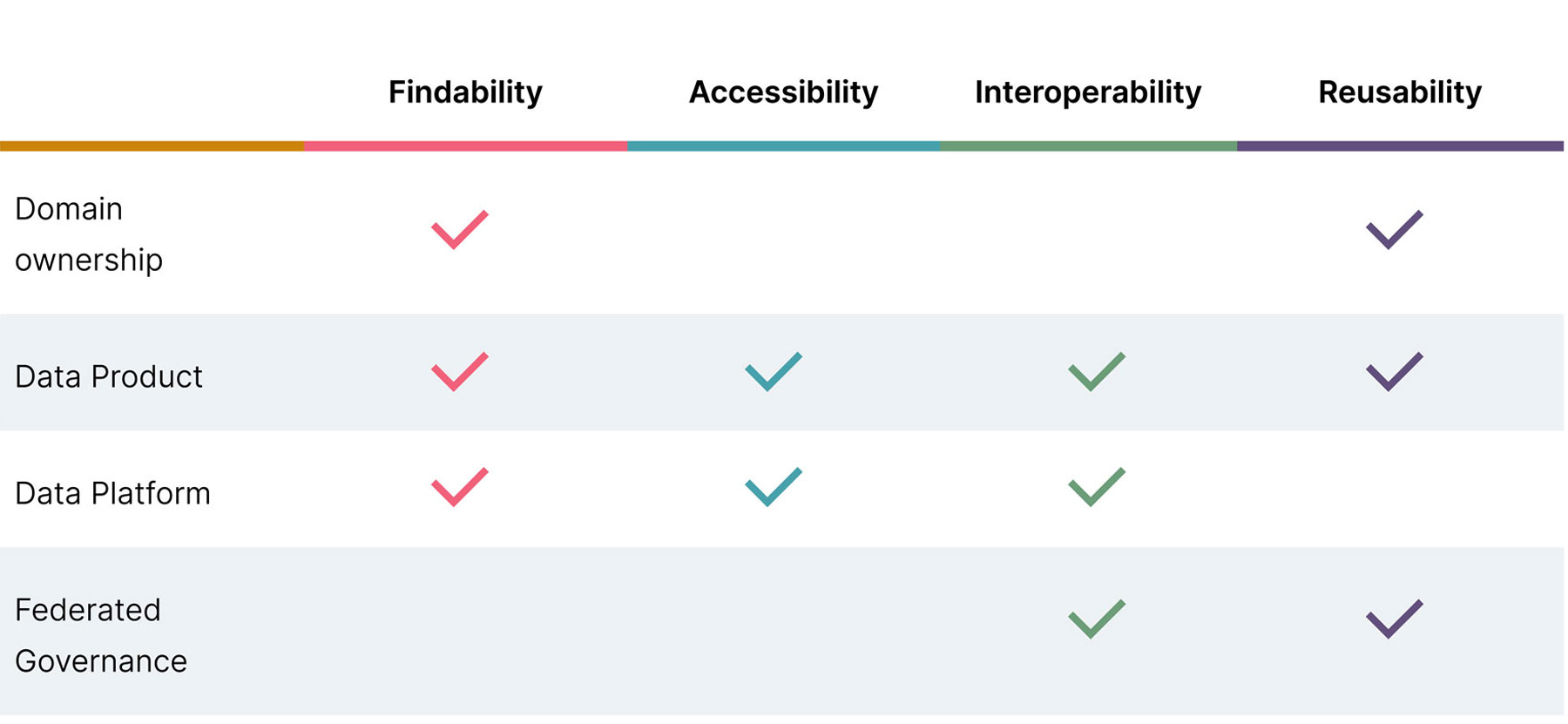Over the last few years, data’s role in the Life Sciences industry has evolved significantly. Organizations have always depended on it as part of their robust research and development efforts. But today it’s essential for much, much more.
From underpinning an organization’s ability to leverage transformational technologies like generative AI, to enabling the delivery of personalized and precision medicine, data has quickly become fundamental to Life Sciences organizations’ success.
But gathering and storing the high-quality data they need to succeed is just one small piece of the modern data puzzle for life sciences organizations. Crucially, their data must also be FAIR — findable, accessible, interoperable and reusable — to deliver maximum business value.
As they’ve adopted FAIR data principles, many organizations have realized that all four can be very challenging to uphold within traditional data architectures. In response, a growing number of leaders are adopting Data Mesh.
The power of Data Mesh for Life Sciences
Data Mesh is a federated approach to data management that stands on four pillars: domain orientation, data as a product, self-service platforms and federated computational governance. These pillars will be of particular interest to Life Sciences organizations because they map very clearly to FAIR data principles:
In a domain-oriented architecture, each domain assumes responsibility for tagging its own data products so the data sets they manage are findable for teams everywhere.
Self-service platforms make data products highly available for domains across an organization.
Federated computational governance brings guardrails that ensure data is handled and managed in compliant ways that aid interoperability.
Managing data as products that can be discovered and used by domains across the Data Mesh helps ensure that valuable data is widely reused and applied in new contexts.
FAIR principles and their characteristics


The four core principles of Data Mesh in line with FAIR principles


A new paradigm demands cultural, operational and technological change
Every one of the pillars is essential for a Data Mesh to operate optimally and deliver all of its potential value and benefit to an organization. They must be adopted and implemented simultaneously, which challenges organizations to manage a combination of cultural, operating model, architectural and technological change at the same time.
The diverse changes required to implement a Data Mesh demand diverse expertise. That’s why Thoughtworks has joined forces with Amazon Web Services to support Data Mesh transformation.
As the originators of the Data Mesh paradigm, nobody is better positioned than Thoughtworks to help organizations navigate the changes required to create a mesh of their own. And with leading capabilities that streamline the creation and management of decentralized data architectures, AWS is the ideal cloud partner to bring that mesh to life.
Discover what it takes to implement Data Mesh in Life Sciences
To map out a typical Life Sciences Data Mesh journey, and explore everything adopting Data Mesh entails, we’ve collaborated with AWS to create this new white paper. Inside, you’ll discover how Data Mesh can help your organization seize the AI and ML opportunity, and find practical tips and key practices to help kickstart your own successful Data Mesh journey.
Disclaimer: The statements and opinions expressed in this article are those of the author(s) and do not necessarily reflect the positions of Thoughtworks.

















